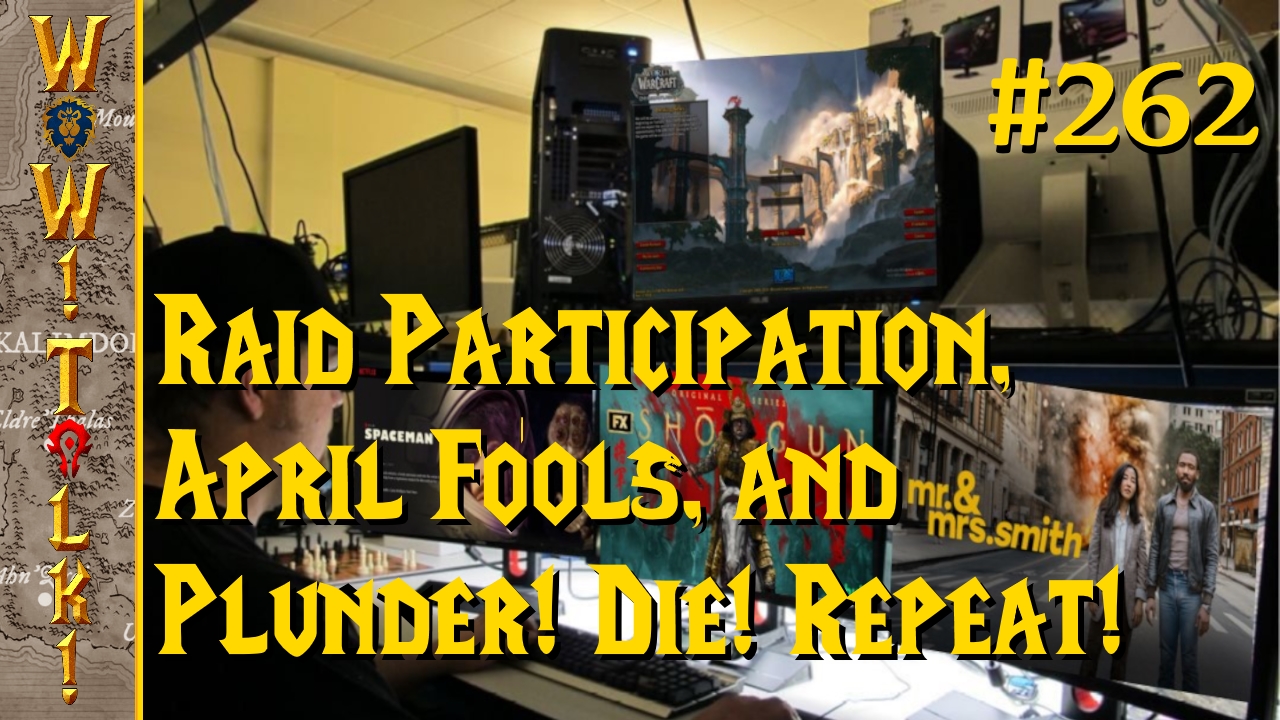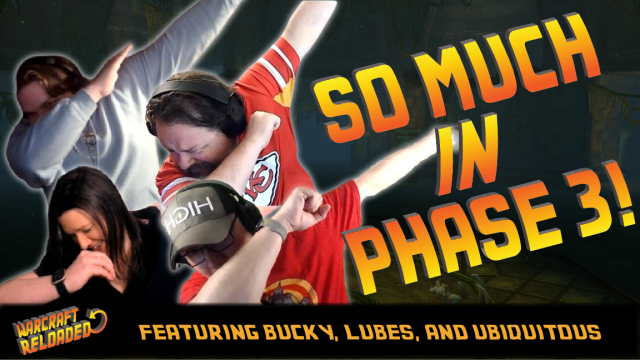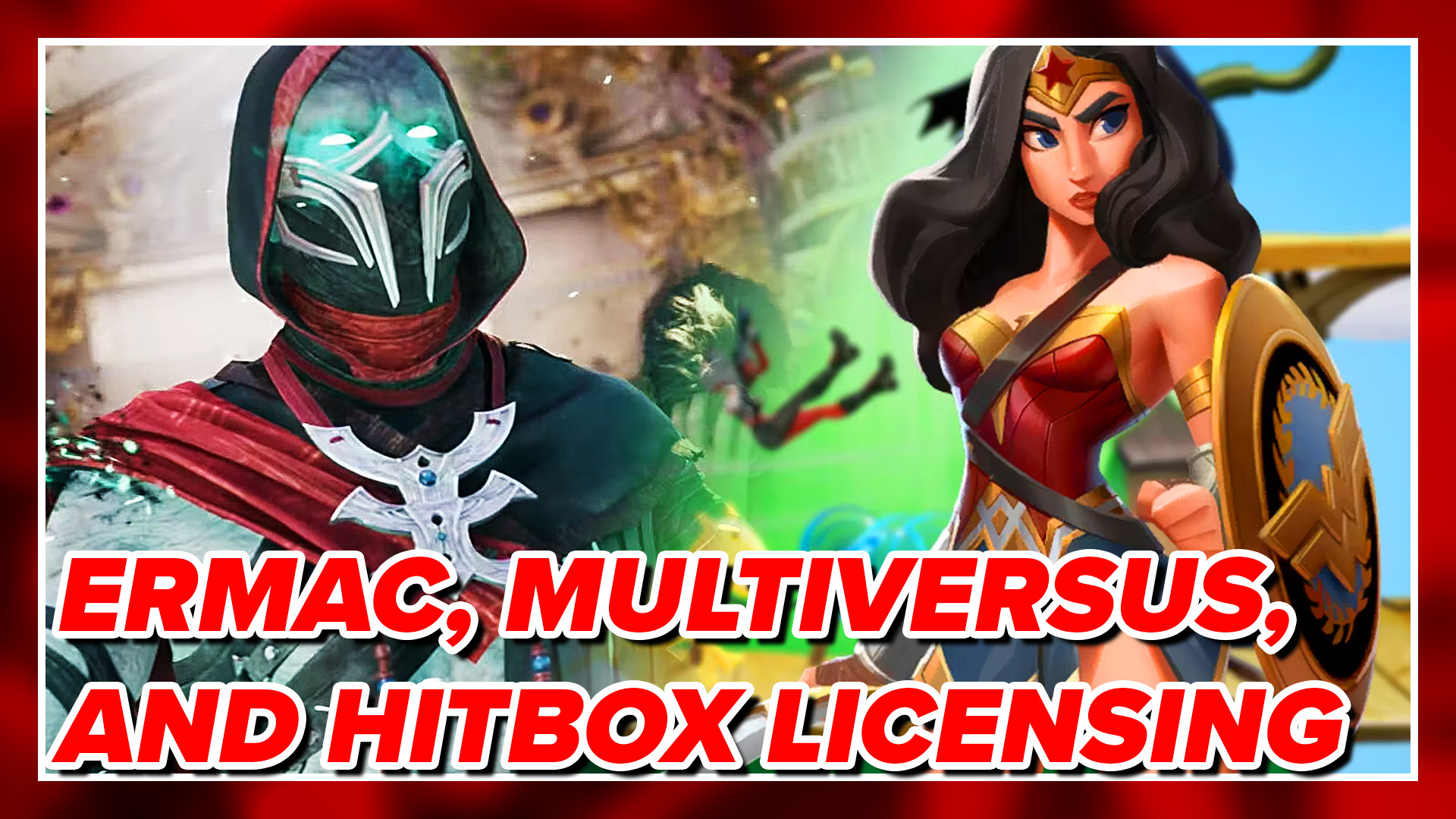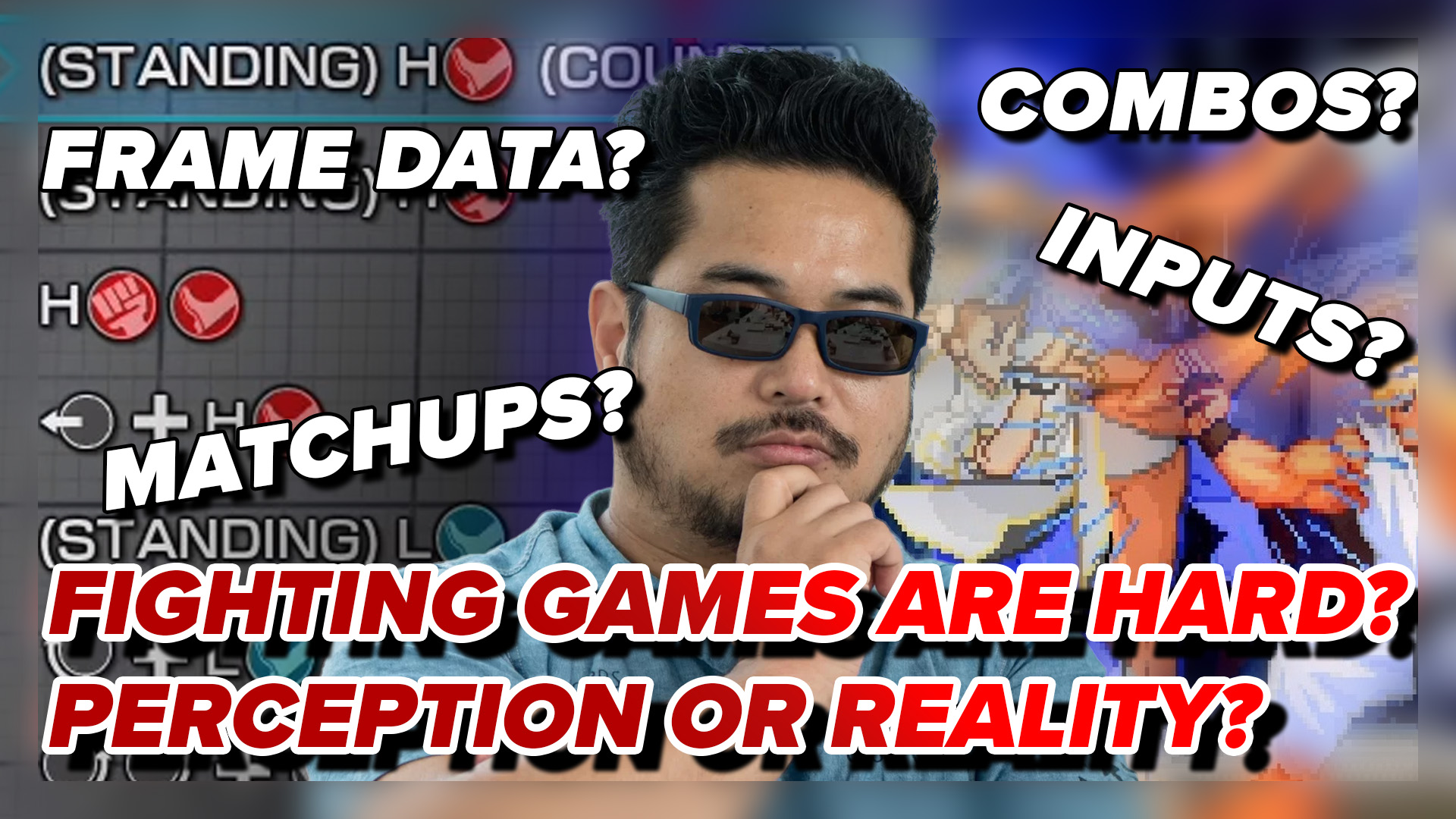
I’ll be the first to admit that the draw I had to Magrunner: Dark Pulse was that it reminded me or Portal. At this point I think any first-person puzzle game with any type of scientific gun that shoots “stuff” is going to be compared to Portal. I’ll tell you though, the only similarities between this game and Portal is that it’s first-person and a puzzle game. That’s a good thing in some aspects, but not so good in others.
You play as Dax, one of seven Magrunners participating in MagTech’s space training program. It doesn’t take long before things in the space training program start to head south. Events quickly unfold and you find yourself going from a bright, technology-filled environment to dark, creepy, run down test rooms that look like something out of Doom. It’s clear that the developer is trying to fuse the first-person puzzle genre with horror in Magrunner: Dark Pulse, and to be honest, they definitely got that creepy vibe across. Besides paintings and statues of demons, words written with blood on walls, and monsters appearing from time to time, the music of the game and sounds of monsters and screams add to that uneasy feeling. It’s not a deep horror game, but it did have me wondering what would be around the next corner.
Magrunner: Dark Pulse is a puzzle game at heart, however. You are equipped with a Mag gun that changes the polarity of various objects in each room, ultimately resulting in you being able to draw items close to each other or push them apart. It sounds simple enough, but I found the variation of puzzles to be quite great; no two rooms had the same solution for getting to the exit. Your primary tools consist of cubes and platforms that you can magnetize to help you reach your goals. Sometimes part of the puzzle is finding enough pieces of smaller cubes to construct a large cube, or perhaps using an exploding cube to gain access to certain areas without killing yourself.
The way the magnets are implemented was very interesting. Figuring out how to make two platforms that are on the ground support themselves in midair can be a tough nut to crack, let alone following that up by using that opposing force to launch off the platforms so you can reach higher areas. Using combinations of momentum, opposing force, reflexes, and accuracy are the only way you will solve most puzzles.

When magnetic items of the same polarity are put together their power multiplies; a gameplay dynamic that comes into play a lot when you are trying to reach high places or need to throw an object across a room with great force. That’s not the only mechanic the developers added to keep the game fresh, though. You will be able to use mirrors to bounce magnetic pulses to places you can’t see, you’ll run into rooms with automated turrets, you’ll come across water that may have monsters in it, and various other challenges that force you to have to think outside the box.
The difficulty was definitely higher than I expected, and out-of-the-box thinking is required for this game. In most games of this genre, when I finally figured out a puzzle I could look back and say for sure that it was the solution the developers intended. Not so much in this game. There were several puzzles where the “solution” didn’t feel very concrete; it felt like it may have been 70% problem solving and 30% luck in some aspects.
In one of the later stages I had a puzzle where the cube I needed was sitting far below me on a platform, way below where I could reach. If I made my way down to the platform there was absolutely no way for me to get back up. I eventually solved it by timing polarity changes just right on the sides of a larger cube sitting about 30 feet above the smaller one, causing the smaller one to fly up and out just far enough to catch the polarity of a platform I had placed, allowing me to get my hands on it. It took me many tries to get that cube, and even when I succeeded the solution felt a bit clunky. This isn’t really a complaint, just an observation. It’s not like pushing things around with magnets is an exact science at this level.
Another reason I had the feeling that I may be solving puzzles in ways the developer didn’t intend was that I found some ways to completely get around puzzles. For instance, in one room I found a series of ledges that allowed me to reach the exit without magnets. I’m not going to start listing them all here, but there are routes that I’m sure I wasn’t supposed to find because they didn’t involve magnets at all.

The game definitely has its very difficult moments. Not only do many of the puzzles require advanced problem solving, but they also require fast reflexes and accuracy. You may have figured out the solution to a puzzle, but are you skilled enough to execute the solution? My biggest problem with the difficulty was that it’s not steady; it fluctuates. You may have two hard rooms back to back followed by a few easy rooms, which then takes you back to a very difficult room. This leads to some very steep difficulty curves in some parts, and while I was able to beat the game, hitting a very difficult room after being fed a few easy ones is frustrating to say the least.
One thing I wasn’t very impressed with were the graphics. Being an Unreal Engine game perhaps I was expecting too much. While the game successfully relayed a creepy vibe, I think it would have been scarier if it looked better. It doesn’t look bad, but it reminds me of an early XBox 360 game. Textures don’t look very sharp or polished, the pulses that the mag gun shoot don’t look very impressive and the animation of the monsters or other objects with movable parts looks pretty stiff. Also, while the music did help push that creep factor, the fact that the music is repetitive kind of wears on you after a while. Honestly, they might have been better off leaving you with ambient sounds of monsters and a few screams in the background.
I’m not sure if the developer was aiming for a fun game or a challenging game. In terms of challenge I think they succeeded, but a challenging puzzle game doesn’t equal fun. With many of the puzzles there was simply a sense of relief that I finally figured it out and was able to get out of that room, but getting to that conclusion and then executing it wasn’t always necessarily fun. I think that’s the hard part about creating a puzzle game: Without challenge it’s not fun because it’s boring, but with too much it may become frustrating, which is also not fun. Then again, frustration can be negated by puzzle execution or the reward the player gets, but how do you balance that out? I don’t know. That’s why I’m not a game developer.
In this case I don’t think it was the just frustration that got to me and started to drain the fun out in some rooms. I think it’s a combination of the frustration, the lack of enjoyment from executing solutions (some, not all), and also me not caring about the narrative. Part of the fun of both Portal and Portal 2 was that I knew when I completed a room I would be rewarded by continuing the game’ss awesome narrative, something which was both fun and entertaining. Maybe my problem was that besides the self-gratitude that I got from completing a room, I didn’t feel there was enough of a reward for me to continue with the puzzles; especially if they were going to be challenging.
I think Magrunner: Dark Pulse is a good game for those who enjoy a challenge, good puzzles, and really don’t care too much about narrative. If you’re looking for a Portal-like experience I can’t say you’ll get one here, but I don’t think that’s what the developers were really aiming for. I did enjoy it to a degree, but fun and challenge really weren’t balanced here and I think that limited my overall enjoyment of the game. For the $19.99 price tag I think gamers get their money’s worth, but you should go in with proper expectations.




